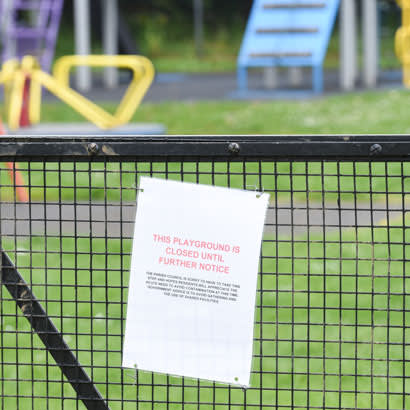
It is hard to believe that it has been just over six months since COVID-19 was declared a global pandemic. In that time, park and recreation professionals have stepped into action to maintain essential infrastructure including parks, trails and green spaces, while launching new initiatives like virtual programming and coordinating emergency response efforts including food distribution, staffing community resource centers, operating COVID-19 testing sites and connecting community members to needed social services. They have formed new task forces, assessed spaces and programs, crafted reopening plans, enhanced communications, and worked alongside peers and colleagues to apply lessons learned and innovative solutions from across the profession. They have supported and protected staff by establishing new training programs, changing policies, providing remote work options, adjusting the layout of buildings and providing mental health supports. And, they have done it all throughout a rapidly changing situation with new information, guidance, data and challenges emerging on a near day-to-day basis.
While this unprecedented situation continues to evolve, one thing has remained constant: park and recreation professionals have remained steadfast in their commitment to public health, ensuring they are taking a thoughtful and methodical approach to resuming operations, centering health equity in their response efforts, and navigating these complex challenges in partnership with local public health and government officials to reduce the risk of spread, while supporting the physical and mental health of the community.
We know that the last six months have been a long and arduous journey for the park and recreation field, and unfortunately, that journey is far from over. As of September 10, over 6.3 million cases have been documented and over 190,000 people have lost their lives to COVID-19 in the United States alone, and the virus continues to spread in communities nationwide. As we await a safe and effective vaccine and approach the onset of flu season this fall, there are growing concerns among scientists and public health officials of a second wave of infections. We’ve already seen early evidence of this as college campuses have reopened and quickly shut down, and as temperatures cool off and people spend more time gathering indoors (where the risk of transmission is seemingly much higher) — there is reason to be concerned.
Despite these drastic numbers and warnings grounded in science and data, we recognize that park and recreation professionals are facing mounting public pressure to “get back to normal” and are continuing to face difficult decisions on a daily basis — from reopening playgrounds to resuming youth sports programs, offering childcare or enrichment programming, hosting community events, opening indoor fitness centers and senior centers, and the list goes on. We fully understand the numerous health, social and environmental benefits that these facilities and programs provide and the delicate situation leaders face having to navigate how best to slow the spread of the virus while also addressing social isolation, mental health concerns, educational and economic concerns, and overall community well-being. We also recognize that because the ability to resume operations largely depends on state and local conditions, population size and resources, which differ drastically across the country, it is challenging for the public to understand why programs have resumed in some communities and not in others.
As the public grows even more eager — and perhaps more vocal — to return to normal, and as temperatures begin to cool down and demand grows for more indoor recreational opportunities (which have largely remained closed the past six months), park and recreation professionals should be prepared to face even greater pressure this fall.
To manage this pressure, it is imperative to continue to maintain a strong commitment to public health and safety, following the guidelines set by local and state government officials. Agencies should continue to consistently collaborate with public health officials and monitor local conditions on the ground, maintain and update detailed response plans and have clear policies, continue to share up-to-date, timely and clear communications with the public, and continue to center equity by prioritizing the health and well-being of community members most impacted by COVID-19.
As part of our COVID-19 response, NRPA has several resources that can assist park and recreation professionals as they navigate public pressure and other challenges this fall. A few resources worth revisiting from our Path to Recovery framework include:
- Creating a Cross-Sector Recovery Team and Meeting Essential Public Health Indicators – Building a cross-sector recovery team with representatives from public health and healthcare systems is key in staying up to date on conditions on the ground and understanding how to move through a safe and phased reopening process.
- Developing a Communications Plan – Clear and timely communications are essential to maintaining the trust and support of the public. Review our communications planning tool and take advantage of sample communications.
- Centering Health Equity in Recovery Efforts – Access guidance and recommendations on how to continue to prioritize supporting the health and well-being of community members most impacted by COVID-19.
- Managing a Positive Case of COVID-19 – As the virus continues to spread, your agency may be faced with a situation where you must navigate a positive case. Review this section to develop your plan to manage a positive case of COVID-19.
For more information about NRPA’s response to COVID-19, as well as available resources for park and recreation professionals, please see our Coronavirus Disease 2019 (COVID-19) webpage.
Allison Colman is NRPA’s Director of Health.

